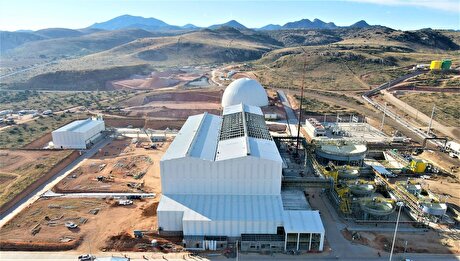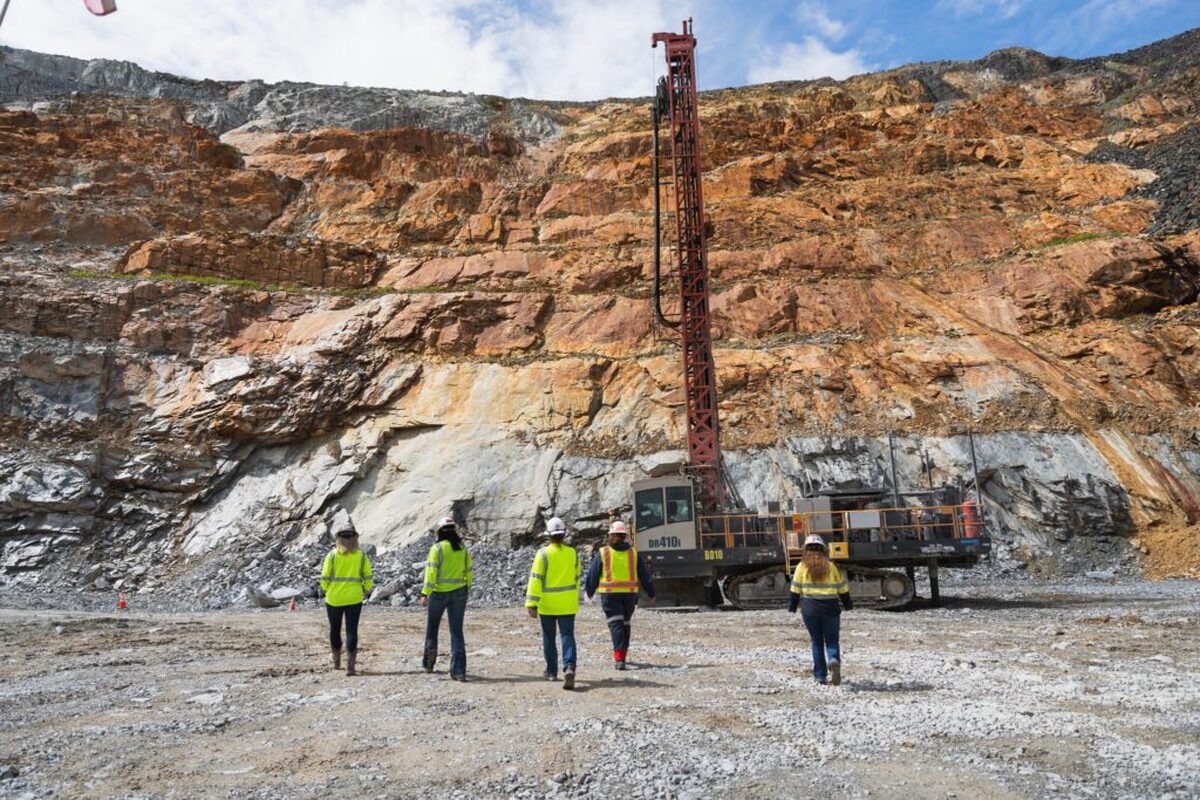
BlueScope Steel warns about coronavirus impact

The firm forecasts its China division to return zero profit during January-June because of the disruption from the coronavirus, warning today that its wider Asian businesses may also be affected.
BlueScope announced an A$439mn ($290mn) drop in first-half profits to A$186mn because of weaker steel spreads across Asia and North America. It forecasts the second half to 30 June to see similar earnings to the first half. But it warned that its expectations for the second half were subject to foreign exchange movements, market conditions and the impact of the coronavirus.
The second-half forecast of earnings before interest and tax of around A$300mn is based on its assumptions of lower east Asian hot-rolled coil price of $465/t compared with its assumption of $510/t for the first half, an average 62pc Fe iron ore price of $85/t cfr China down from $95/t and a benchmark hard coking coal price of $160/t fob Australia down from $170/t. It also assumes a US mini-mill benchmark steel spread will stay reasonably flat at $288/t in line with the first half, with an exchange rate of US$0.69 to an Australian dollar.
The firm's North Star expansion in the US is currently on time and on budget. But BlueScope chief executive Mark Vassella warned that there was now uncertainty about the supply of some equipment from China because of the coronavirus that could delay the project.
The firm expects a firmer result from its Australian business, which includes the Port Kembla steel works, in the second half. The first half was affected by minor blast furnace instability, which has now been fixed and the operations are also likely to benefit from lower realised raw material costs and an increase in contribution from coke sales. The firm reported a favourable turnaround in domestic steel sales on stronger demand across residential buildings and infrastructure projects.
The firm's New Zealand steel mill is likely to have a similar second half to first, with stable domestic demand, and lower prices offset by lower costs.
The firm continues to highlight high energy costs in Australia and New Zealand as a major issue when compared with similar costs encountered at its operations in Asia and the US.
By Jo Clarke


Trump weighs using $2 billion in CHIPS Act funding for critical minerals

Electra converts debt, launches $30M raise to jumpstart stalled cobalt refinery

Codelco cuts 2025 copper forecast after El Teniente mine collapse

Barrick’s Reko Diq in line for $410M ADB backing

Abcourt readies Sleeping Giant mill to pour first gold since 2014

SQM boosts lithium supply plans as prices flick higher

Nevada army depot to serve as base for first US strategic minerals stockpile

Pan American locks in $2.1B takeover of MAG Silver

Viridis unveils 200Mt initial reserve for Brazil rare earth project

Kyrgyzstan kicks off underground gold mining at Kumtor

Kyrgyzstan kicks off underground gold mining at Kumtor

KoBold Metals granted lithium exploration rights in Congo

Freeport Indonesia to wrap up Gresik plant repairs by early September

Energy Fuels soars on Vulcan Elements partnership

Northern Dynasty sticks to proposal in battle to lift Pebble mine veto

Giustra-backed mining firm teams up with informal miners in Colombia

Critical Metals signs agreement to supply rare earth to US government-funded facility

China extends rare earth controls to imported material

Galan Lithium proceeds with $13M financing for Argentina project

Kyrgyzstan kicks off underground gold mining at Kumtor

Freeport Indonesia to wrap up Gresik plant repairs by early September

Energy Fuels soars on Vulcan Elements partnership

Northern Dynasty sticks to proposal in battle to lift Pebble mine veto

Giustra-backed mining firm teams up with informal miners in Colombia

Critical Metals signs agreement to supply rare earth to US government-funded facility

China extends rare earth controls to imported material

Galan Lithium proceeds with $13M financing for Argentina project

Silver price touches $39 as market weighs rate cut outlook


















